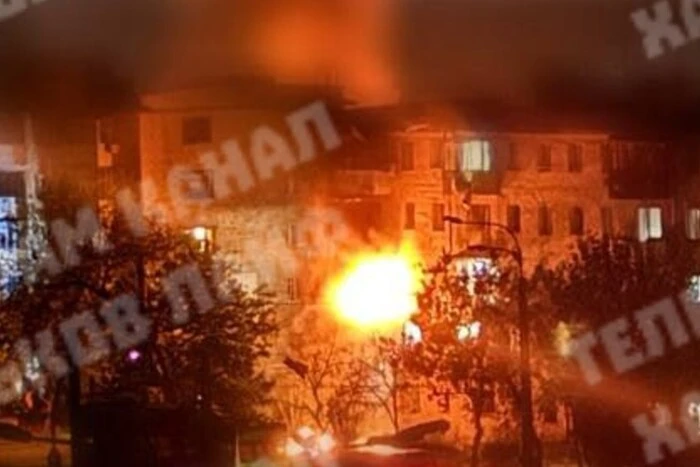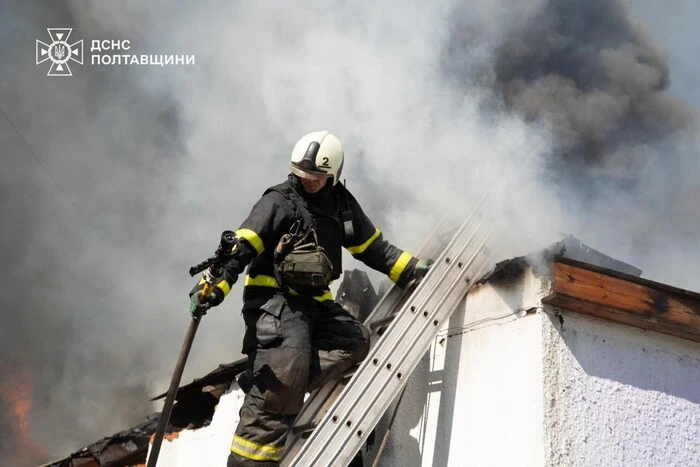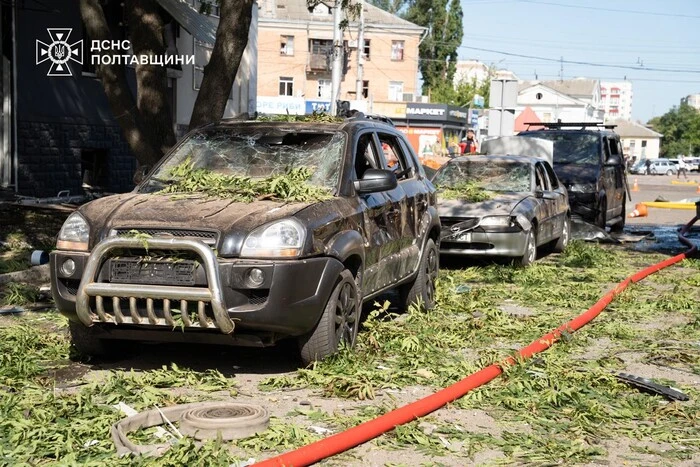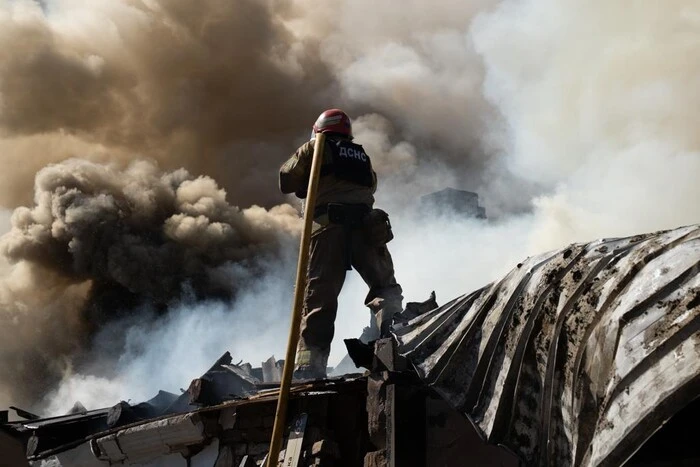Kharkiv. A high-rise building caught fire as a result of a drone attack.


Russian terrorists struck Kharkiv with strike drones
Last night, Kharkiv once again became a target of Russian terrorists who used strike drones. It is still unknown what specific damages were inflicted, but initial reports have already emerged. According to the mayor, one building in the Slobidsky district was damaged, resulting in 15 apartments catching fire.
Last night, Russia attacked Kharkiv. Fire engulfed a high-rise building after a UAV strike pic.twitter.com/0bwXL1gjV0
— GLAVCOM (@GLAVCOM_UA) June 10, 2025
Details regarding the casualties are still being clarified, but emergency services are already on-site working to eliminate the consequences of this tragedy. There are also reports of damage by enemy drones in other parts of the city.
New details of past attacks on Kharkiv
On June 7, the occupying army had already conducted attacks on Kharkiv using drones, aerial bombs, and rockets, resulting in serious destruction and fires. As a result of the attacks, there are already casualties among the local population. The situation remains tense, and the city has to face new challenges and threats.
After the night attack by Russian terrorists in Kharkiv using strike drones, the situation in the city remains tense, with new challenges and deepening threats to the local population. The attacks force residents to fight for their safety and survival, highlighting the need for immediate measures to protect civilians from military aggression.Read also
- One of the leaders of the 'Plast' and co-creator of the Maidan Self-Defense has died at the front
- Ukrainian Armed Forces eliminated the Deputy Commander of the Russian Navy
- The Ground Forces explained why the occupiers started attacking recruitment centers
- Poltava: City Council Secretary Reveals the Scale of Destruction
- Drones attacked two recruitment centers in Poltava: how many soldiers were injured (photo)
- Drone War. It became known what nets the Armed Forces of Ukraine are purchasing for protective corridors










